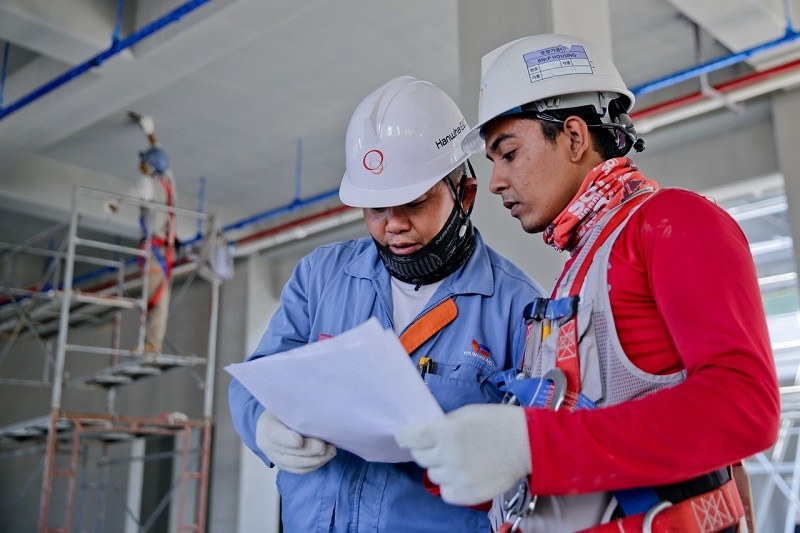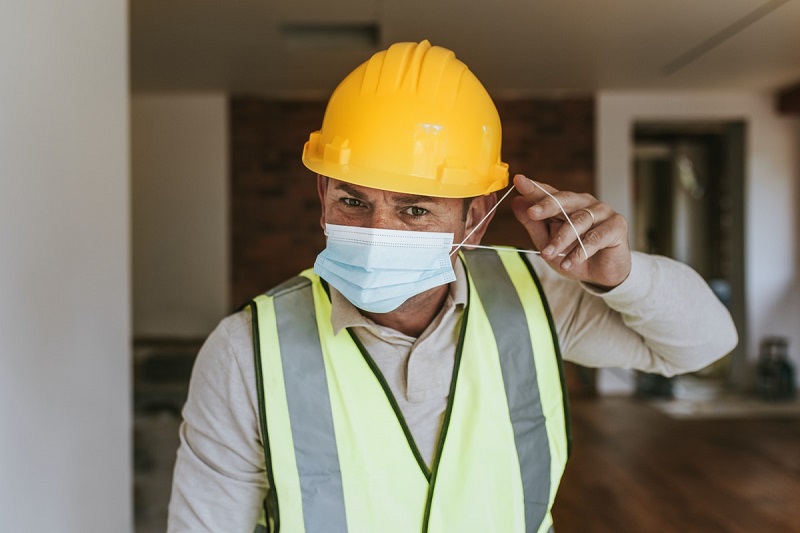Five Essential Tips For Preventing or Minimizing Workplace Accidents

Mistakes are a normal part of the learning process, so we as humans tend to make tons of mistakes while adjusting to the new work environment, or a new situation. The pandemic, for example, has been one major learning experience, pushing businesses to adapt their modes of collaboration and communication.
What’s more, misjudging a situation can also lead to physical injuries or accidents in the workplace. Preventing them is essential for your business to remain a reputable entity for your employees and for all external candidates that might consider joining your organization.
Finally, preventing and reducing the risk of accidents of any kind in your workplace will help you improve your performance and productivity, as well as employee satisfaction. To help you get the results you’re looking for, this list can help you find the right tactics that match your workplace needs.
Hygiene and cleanliness are a must
The pandemic might not have initiated this very important conversation in your office, but it surely has made an impact on many companies around the globe. Now that regular hygiene rules don’t really suffice, maintaining proper hygiene during the pandemic calls for establishing clear guidelines for employees.
This helps prevent any pathogen infections, not just COVID-19, and it helps people feel more comfortable and less stressed coming to the office during a health crisis of these proportions. Make sure that you provide simple rules, plenty of hand sanitizer all around, and set boundaries that won’t disrupt collaboration.
Ongoing employee training

In addition to establishing the right protocols and designing the workplace for optimal collaboration, your employees also contribute to the safety of your business. Their behavior and choices largely define how secure their workplace is and whether or not they are able to prevent accidents.
What you can do to influence your employees is to provide crucial training opportunities that will teach them how to reduce the risk of accidents in the workplace. Your onboarding procedure should entail this type of training to get people ready for their job from day one. However, ongoing training and recertification are also vital.
Ensuring the safe use of tools
Chances are that your teams are relying on more than pen and paper to perform their tasks every day. Even if they are mostly sitting behind their desks and using computers, there are various minor risks such as tripping over loose cables on the floor, slipping and falling, and let’s not forget the possibility of cyber threats. If your people aren’t qualified to properly safeguard their email accounts, for example, phishing might pose a security risk for them and your business alike.
On the other end of the spectrum are physical injuries and accidents when using power tools and other equipment on the premises. In addition to the aforementioned training and education, as well as certification for certain positions, it’s vital that you have available guidelines and manuals for any piece of equipment at the office.
Providing your team with the right workwear

From performing physically strenuous work in the field, to jobs on construction sites and similar locations that call for specific wearables, your employees should be provided the most essential workwear adapted to their location.
In areas where heat can be extreme, providing garments that offer breathability and mobility alike will make all the difference. For example, workwear in Australia needs to meet certain standards and be adapted to the job in question. From lightweight clothing to utility-based add-ons and safety gear, workers Down Under rely on performance-driven garments. Make sure that you provide the right wearables for your staff depending on your own location and typical work conditions.
Identifying potential risk sources
Every workplace has its quirks, unique methods of collaboration, and processes that make it possible for you to operate daily. Now, unless you’re running your organization entirely remotely, you need to be prepared to establish risk sources at every turn in the workplace and evaluate what you can do to eliminate the possibility of accidents, or at the very least, reduce it.
For example, if you have height-based workers on the premises, keeping them and those on the ground safe is pivotal, and only possible with the right procedures and protocols in place. Continuously re-evaluating and testing those protocols will help you discover loopholes and opportunities to improve even further.
This is where proper training should define how capable your teams are to collaborate, and you should always ask your employees for feedback. Since they are the ones performing these duties, they are the ones most qualified to point out potential setbacks.
In conclusion
Although some accidents are bound to happen, it’s your responsibility to minimize the possibility for them to occur, and to protect your employees in every scenario. Of course, keep looking for ways to further upgrade your accident prevention, since your business and your industry likely require specific precautions to begin with.
Some workplaces are more accident-prone than the rest, and no matter your environment, ongoing risk assessment, regular employee training, and the use of the right equipment will ensure safe and secure operations.